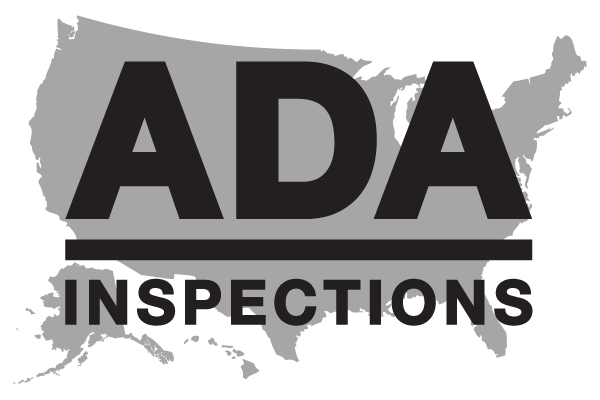ADA Done Right for Airport Telephones - 4/5/19
Look at the photo below. What you are looking at is a public courtesy telephone in the Orlando, FL, airport. But notice the sign next to the telephone on the right. What do you think those symbols mean?
Courtesy Telephone in Orlando Airport with sign for ADA phone installation
Below is a close up photo of the sign to the right of the telephone.
The symbols showns are the International Symbol of Access for Hearing Loss for Assistive Listening Systems on the left and the International Symbol for TTY, or teleprinter or teletypewriter, which is an electromechanical typewriter paired with a communication channel , such as a telephone, shown on the right. These are symbols important to the disabled community with hearing impairment.
So what they have here is a service telephone that is not set up for disabled individuals, so they have a directional sign indicating where the nearest disabled accessible telephone installation is located (at the entrance to gates 101-109). This is a great example of ADA done right!
Standard 216.9.2, Directional Signs, states, “Directional signs indicating the location of the nearest public TTY shall be provided at all banks of public pay telephones not containing a public TTY. In addition, where signs provide direction to public pay telephones, they shall also provide direction to public TTYs.”
As you might expect, there are many ADA laws that apply to public telephone installations. See the list below for additional design installation laws.
2010 ADA Standard 217.1 [Telephones] General, states, “Where coin-operated public pay telephones, coinless public pay telephones, public closed-circuit telephones, public courtesy phones, or other types of public telephones are provided, public telephones shall be provided in accordance with [Standard] 217 for each type of public telephone provided. For purposes of this section, a bank of telephones shall be considered to be two or more adjacent telephones.”
Advisory 217.1, General, states, “These requirements apply to all types of public telephones including courtesy phones at airports and rail stations that provide a free direct connection to hotels, transportation services, and tourist attractions.”
Standard 217.2, Wheelchair Accessible Telephones, states, “Where public telephones are provided, wheelchair accessible telephones complying with [Standard] 704.2 shall be provided in accordance with Table 217.2.”
Standard 704.2.1, Clear Floor or Ground Space, states, “A clear floor or ground space complying with [Standard] 305 shall be provided. The clear floor or ground space shall not be obstructed by bases, enclosures, or seats.” Advisory 704.2.1, Clear Floor or Ground Space, states, “Because clear floor and ground space is required to be unobstructed, telephones, enclosures and related telephone book storage cannot encroach on the required clear floor or ground space and must comply with the provisions for protruding objects. (See Section 307).” The diagram on the right is an example of a clear space at a telephone.
Standard 704.2.1.1, Parallel Approach, states, “Where a parallel approach is provided, the distance from the edge of the telephone enclosure to the face of the telephone unit shall be 10 inches (255 mm) maximum.” See the diagram below for a representation of this Standard.
Telephone Clearances for Parallel Approach
For telephones for disabled individuals that require a forward approach, Standard 704.2.1.2, Forward Approach, states, “Where a forward approach is provided, the distance from the front edge of a counter within the telephone enclosure to the face of the telephone unit shall be 20 inches (510 mm) maximum.” See the diagram below for a representation of this Standard.
Forward Approach Limits for Telephone Installation






